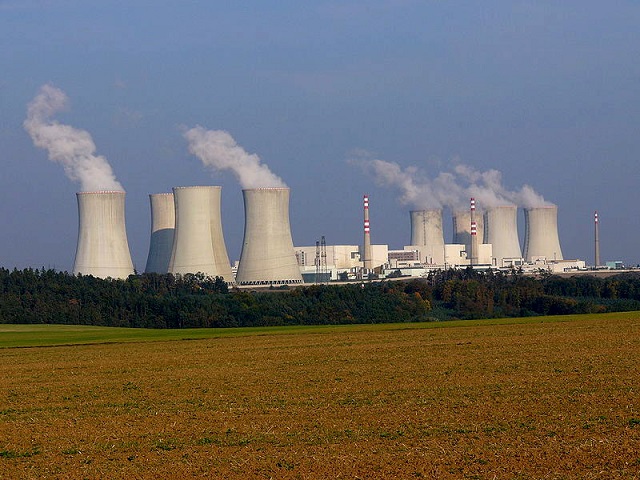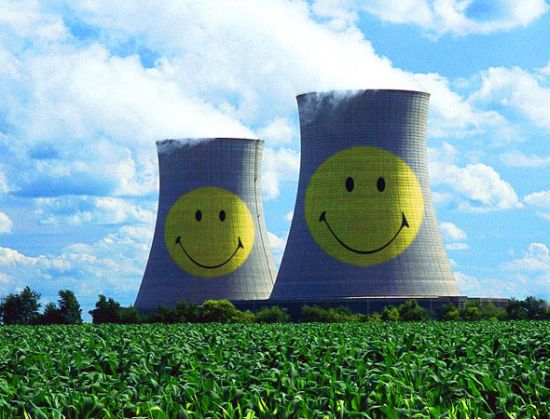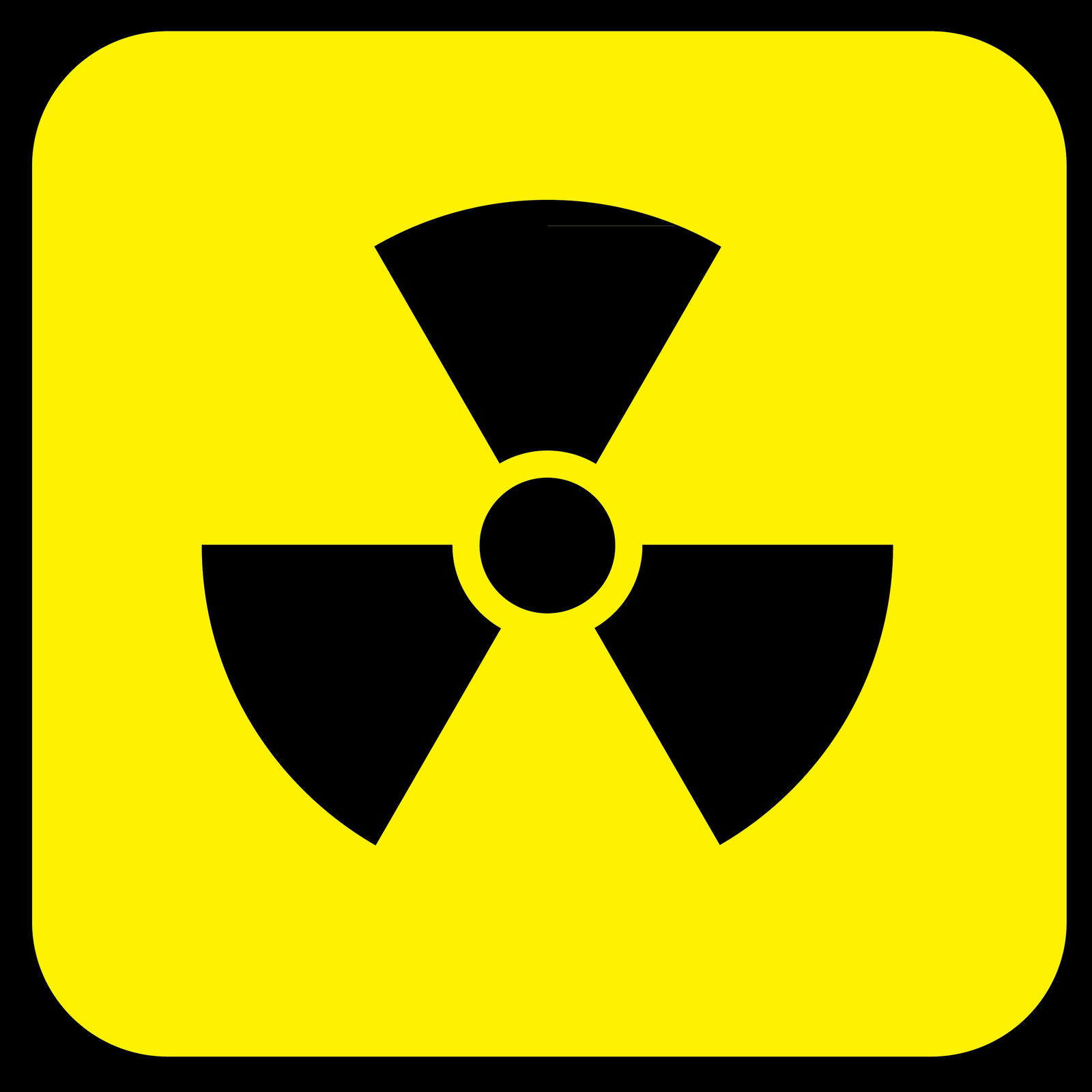All there is to know about nuclear power and nuclear power plants
Nuclear Power
Nuclear power. It’s at once an emotive and divisive issue. So PIF has taken an in-depth look, to put you firmly in the picture.
What is a nuclear power plant?
According to the World Nuclear Association (WNA), the international organisation that promotes nuclear energy and supports industry producers: “Nuclear power plants use the heat produced by nuclear fission to generate steam that drives turbines, like in fossil fuel plants. However, no greenhouse gases are produced in this fission process, and only small amounts are produced across the whole fuel cycle.”
How many nuclear power stations are in operation?
The WNA estimates: “There are currently 435 operable civil nuclear power nuclear reactors around the world, with a further 71 under construction.”
How does nuclear power work?
The basic function of an atomic reactor is to split uranium atoms to release energy. WNA explain: “Several hundred fuel assemblies containing thousands of small pellets of ceramic uranium oxide fuel make up the core of a reactor. In the reactor core the U-235 isotope fissions or splits, producing a lot of heat in a continuous process called a chain reaction.”
What are the advantages of nuclear power?
The main advantage of nuclear power is an ironically “greener” source of energy. In comparative assessment testing of nuclear versus alternative energy sources, the International Atomic Energy Agency (IAEA) has reported that nuclear plants produce less waste than we might imagine.
They say: “A 1000 MW(e) nuclear power plant does not release noxious gases or other pollutants and produces annually only some 30 tonnes of discharged high level radioactive spent fuel along with 800 tonnes of low and intermediate level radioactive waste.”
Proponents of nuclear power also argue that it produces a higher proportion of kilowatts, compared to fossil fuels and renewables. Thus providing a more cost effective means of energy production.
According to the WNA: “Nuclear energy supplies some 14% of the world's electricity. Today 31 countries use nuclear energy to generate up to three quarters of their electricity, and a substantial number of these depend on it for one quarter to one half of their supply.”
What are the disadvantages of nuclear power?
The Campaign for Nuclear disarmament (CND) argues that nuclear power might not be as efficient as we’re led to believe. Commenting on the UK’s output they say: “Our existing nuclear power stations provide just 20% of the electricity that we use, which is only 8% of our overall energy needs […] Even if we doubled the UK’s nuclear power production, our carbon emissions would only be reduced by 8%.”
Radioactive waste, the by-product of nuclear power, is non-biodegradable and remains radioactive for thousands of years. According to Greenpeace International: “The global volume of spent fuel was 220,000 tonnes in the year 2000, and is growing by approximately 10,000 tonnes annually. Despite billions of dollars of investment in various disposal options, the nuclear industry and governments have failed to come up with a feasible and sustainable solution.”
It’s also extremely dangerous. The mass displacement and cleanup after Japan’s appalling Fukushima Daiichi disaster in 2011 is likely to be felt for many decades to come. The Guardian recently reported on the Fukushima Daiichi nuclear disaster: “At the plant itself, recent leaks of contaminated water into the sea and a fraught operation to remove fuel rods from one of the damaged reactors have shown how critical the situation still is – and will remain during a decommissioning process that could take up to 40 years.”
As you might expect, there is no clear-cut answer. There remains an even divide. But what is clear is that given various on-going governmental investment programmes into nuclear power, the pursuit of energy by means of splitting uranium atoms is likely to continue in the short to mid-term – at least until high-grade uranium ore is mined out of existence. To what cost, in terms of human and environmental cost, will remain to be seen.
Get the latest process industry news
Interested in receiving even more industry-leading news from Process Industry Forum delivered directly to your inbox? Then sign up to our free newsletter. Bringing you the latest news, trends, innovations and opinion from across the process industry, our exclusive newsletter gives you all the industry insights of the moment in one, easy-to-digest bulletin. Stay ahead of the competition with regular process industry news instalments from PIF.




